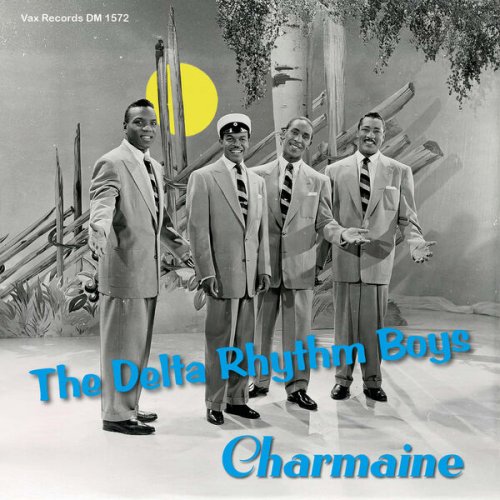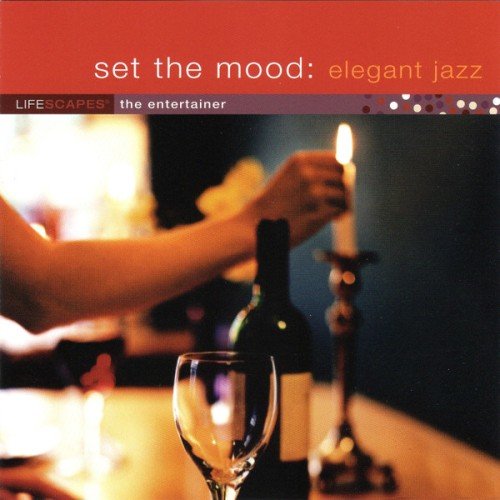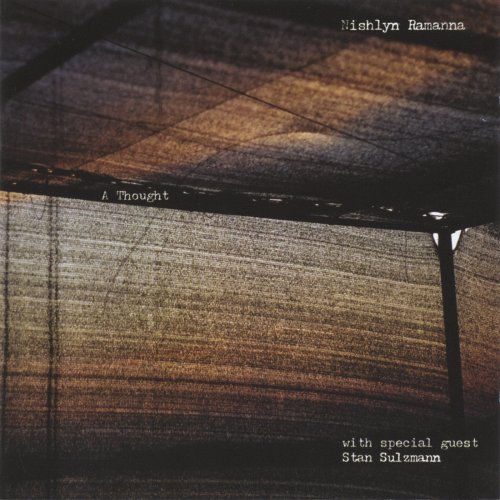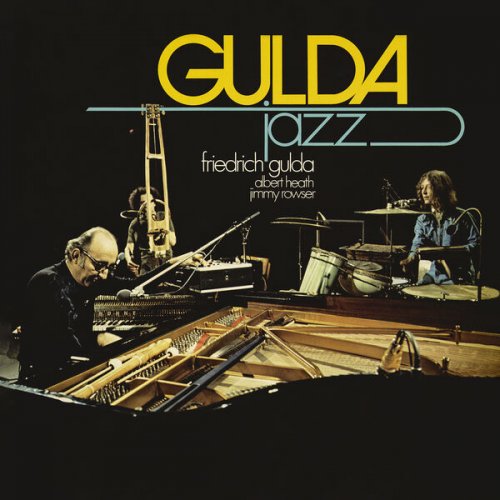Angela Brownridge - Gershwin: Fascinating Rhythm - The Complete Music for Solo Piano (1999)
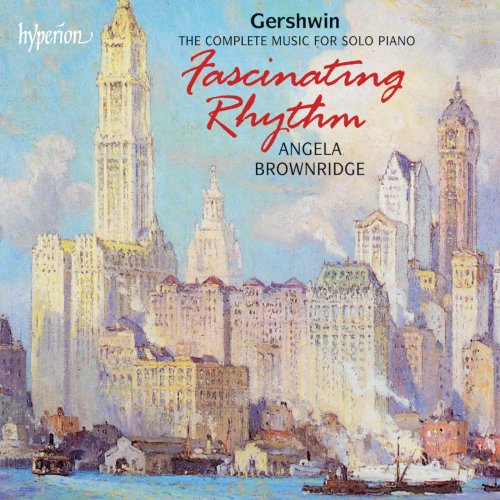
Artist: Angela Brownridge
Title: Gershwin: Fascinating Rhythm - The Complete Music for Solo Piano
Year Of Release: 1999
Label: Hyperion
Genre: Classical Piano
Quality: flac lossless (tracks) +Booklet
Total Time: 00:59:51
Total Size: 194 mb
WebSite: Album Preview
TracklistTitle: Gershwin: Fascinating Rhythm - The Complete Music for Solo Piano
Year Of Release: 1999
Label: Hyperion
Genre: Classical Piano
Quality: flac lossless (tracks) +Booklet
Total Time: 00:59:51
Total Size: 194 mb
WebSite: Album Preview
01. Rialto Ripples
02. Two Waltzes in C
03. Swanee
04. Nobody But You
05. The Man I Love
06. I'll Build a Stairway to Paradise
07. Do It Again
08. Fascinating Rhythm
09. Oh, Lady Be Good
10. Somebody Loves Me
11. Sweet and Low Down
12. Clap Yo' Hands
13. Do-Do-Do
14. My One and Only
15. S Wonderful
16. Strike Up the Band
17. I Got Rhythm
18. Who Cares?
19. That Certain Feeling
20. Liza
21. Lady Be Good Overture
22. Impromptu in Two Keys
23. 3 Preludes: I. Allegro ben ritmato e deciso
24. 3 Preludes: II. Andante con moto e poco rubato
25. 3 Preludes: III. Allegro ben ritmato e deciso
26. Ballet
27. Three-Quarter Blues
28. Promenade "Walking the Dog"
29. Merry Andrew
30. Jazzbo Brown
31. Overture to Girl Crazy
It is impossible to imagine the career of George Gershwin (1898–1937) without his spectacular piano playing. His family wasn’t particularly musical and he had no access to a piano at home until he was about twelve. Before that he recalled being captivated by hearing Rubinstein’s Melody in F on a player-piano in the street. But once he discovered the piano for himself, it focused his entire musical orientation. He started by having some lessons with a classical teacher but in 1914 he moved over to Tin Pan Alley, working for Jerome H Remick and Co as a song plugger. Here he learnt his repertoire, saw the direct relationship between composer and consumer, and began to find his own bearings. He didn’t have long to wait before he could get all the opportunities he needed—at the frenetic pace which dominated his activities for the rest of his life.
Gershwin’s songs are another essential ingredient in his unique personality. His instinctive grasp of memorability; his blending of black and white influences with the strength of a true hybrid; and his partnership with his brother Ira, whose lyrics have the precision of some of the best light verse. All these aspects make Gershwin a towering figure, transcending Tin Pan Alley, conquering concert hall and opera house, and making his American heritage universal. This recording unites Gershwin as a song writer and pianist and includes all the short piano pieces at present available.
Rialto Ripples: Named after a district in Venice, this is Gershwin’s first instrumental number. He recorded it on a piano roll in 1916 and the score was published in the following year, showing Walter Donaldson, prolific composer of many shows, as joint composer. The rag design is: Introduction–A–A–B–A–Link–C–A.
Two Waltzes in C from Pardon my English (1933): These two waltzes, at the opposite end of Gershwin’s career, come from the unsuccessful show Pardon my English, which nevertheless contained classic songs such as ‘The Lorelei’ and ‘My Cousin in Milwaukee’. The two waltzes were played by Gershwin and Kay Swift on two pianos as an instrumental interlude. First one, then the other, then both together. Ira Gershwin called the number ‘Her waltz, his waltz, their waltz’.
The first appearance of Gershwin’s Song Book was in a limited edition from Random House, with the sheet music of the songs followed by the composer’s own arrangements. In a preface Gershwin explained a mechanism he understood only too well: the publishers printed simplified versions because ‘the majority of the purchasers of popular music are little girls with little hands, who have not progressed very far in their study of the piano’. But these versions, refined through constant performances by the composer himself, are aimed at more serious players. Gershwin quite openly cites some of the pianists who have left their mark on his style—black players like Luckey Roberts, especially the novelty pianist Zez Confrey, and Phil Oman, who accompanied many Gershwin shows. Gershwin cautioned pianists against too much use of the sustaining pedal—‘the rhythms of American popular music are brittle … the more sharply the music is played, the more effective it sounds’.
Swanee from Sinbad (1919): Gershwin’s first major hit. He played it at a party for Al Jolson who decided to put it into his show. The text yearns for the deep South so Gershwin pops in the opening phrase of Foster’s ‘Old Folks at Home’ right at the end...
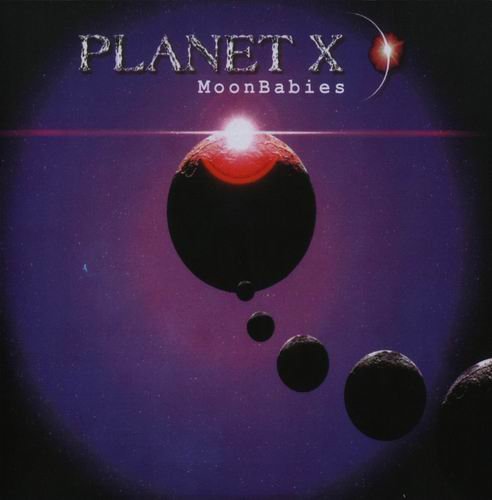
![Club Bolero, Armik - A Day in Brazil (2007) [Hi-Res] Club Bolero, Armik - A Day in Brazil (2007) [Hi-Res]](https://img.israbox.com/img/2025-12/15/5l607nskcv4xb0n237d8ngs7q.jpg)

